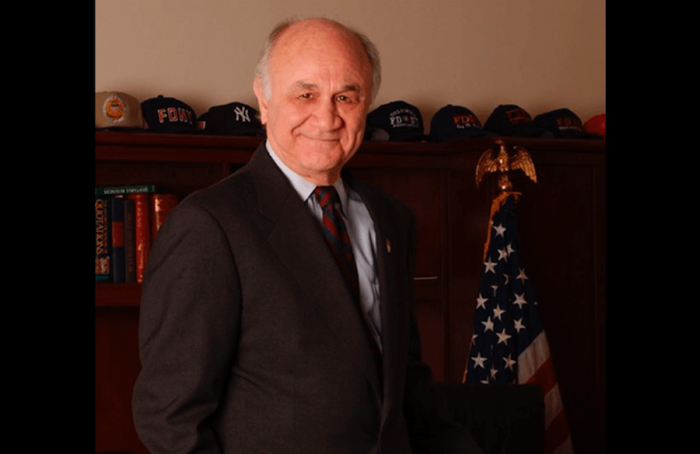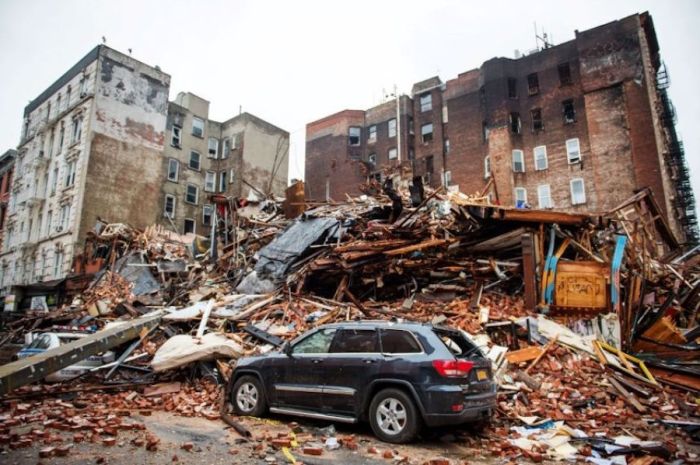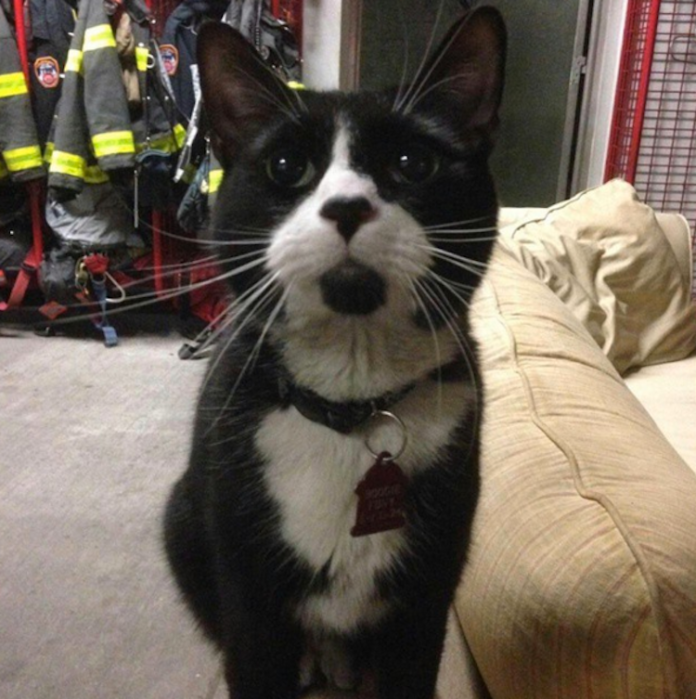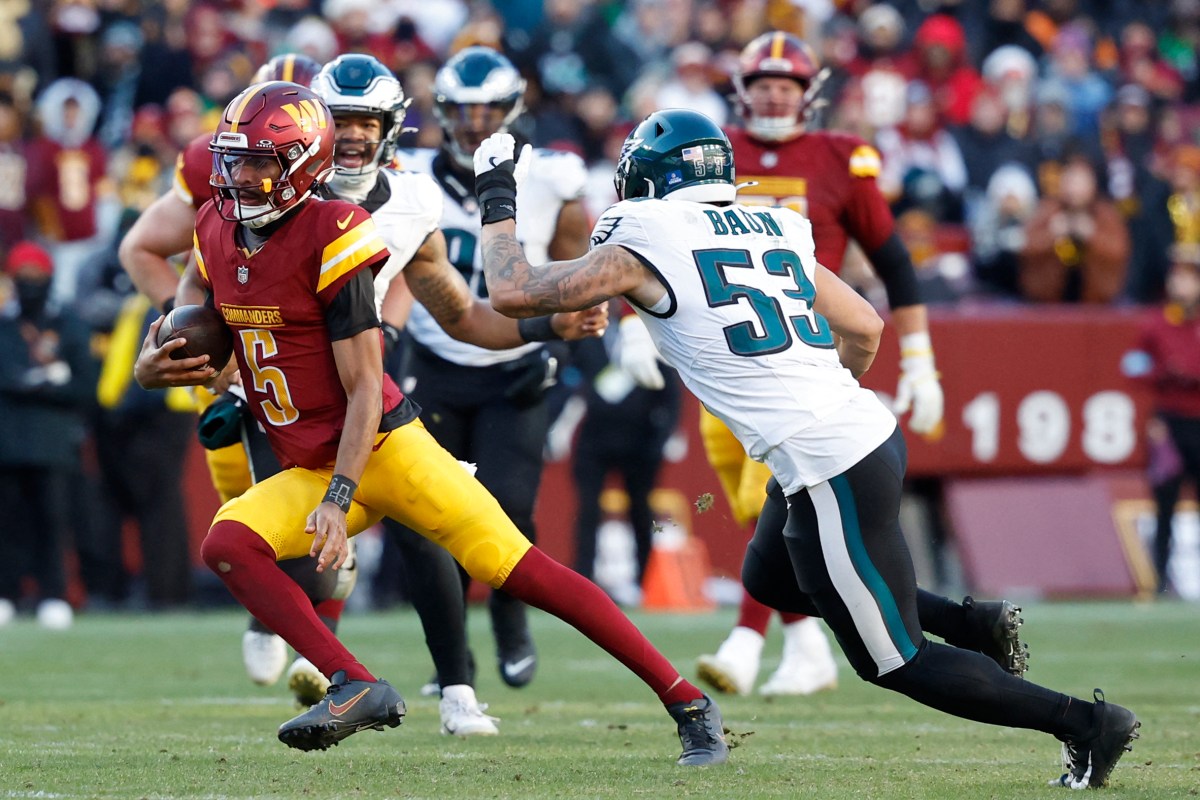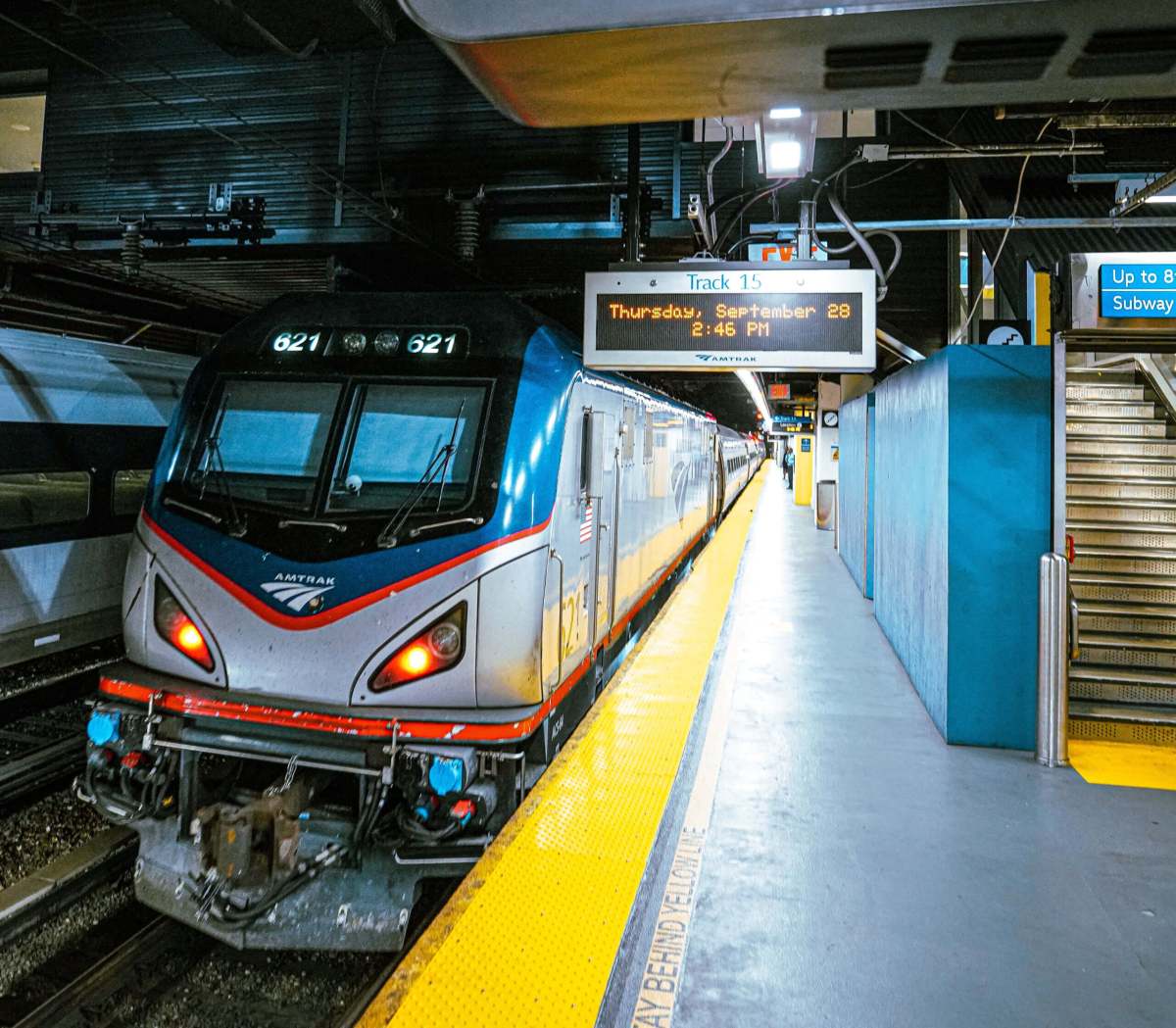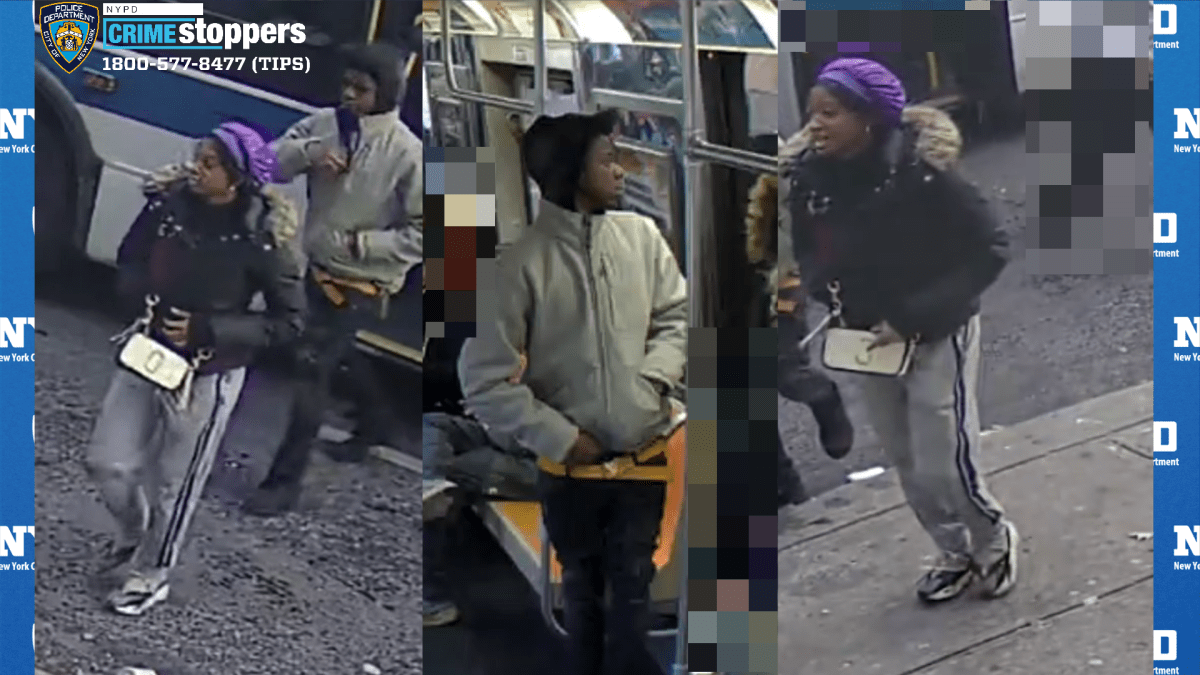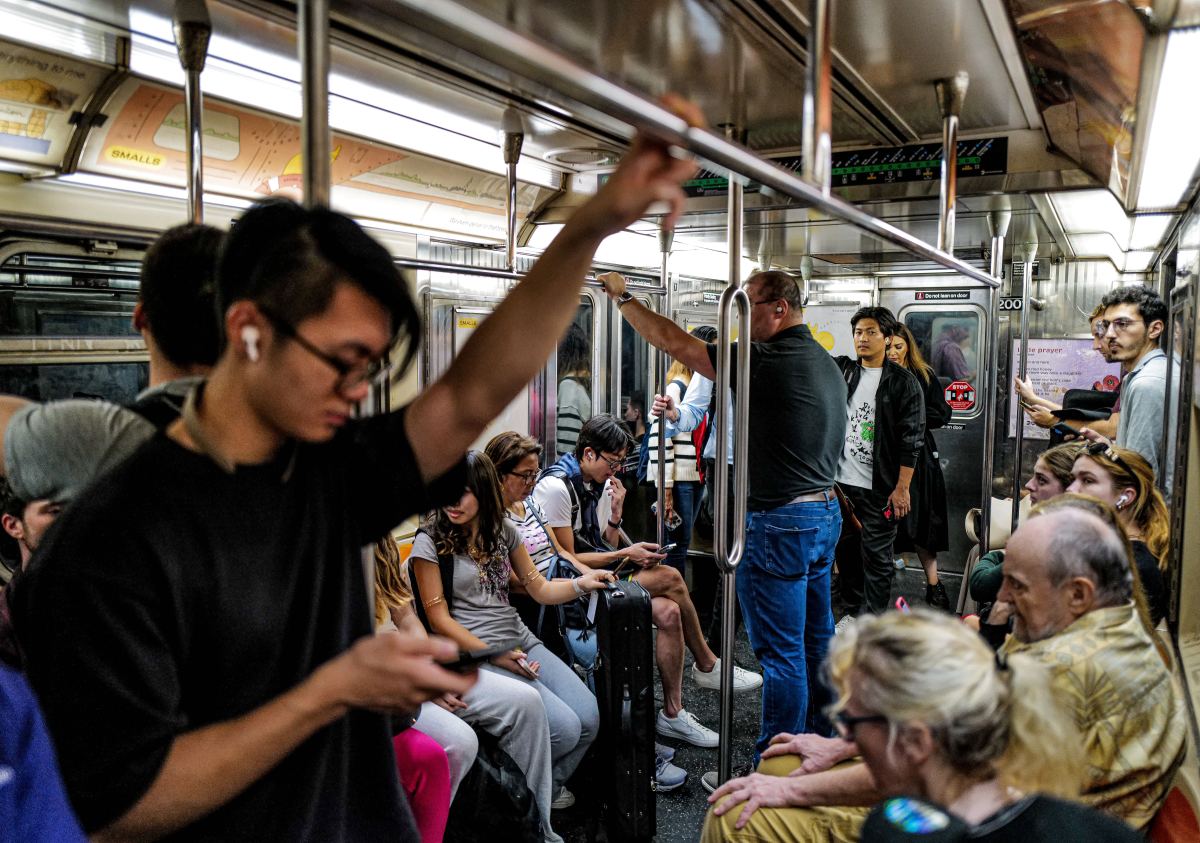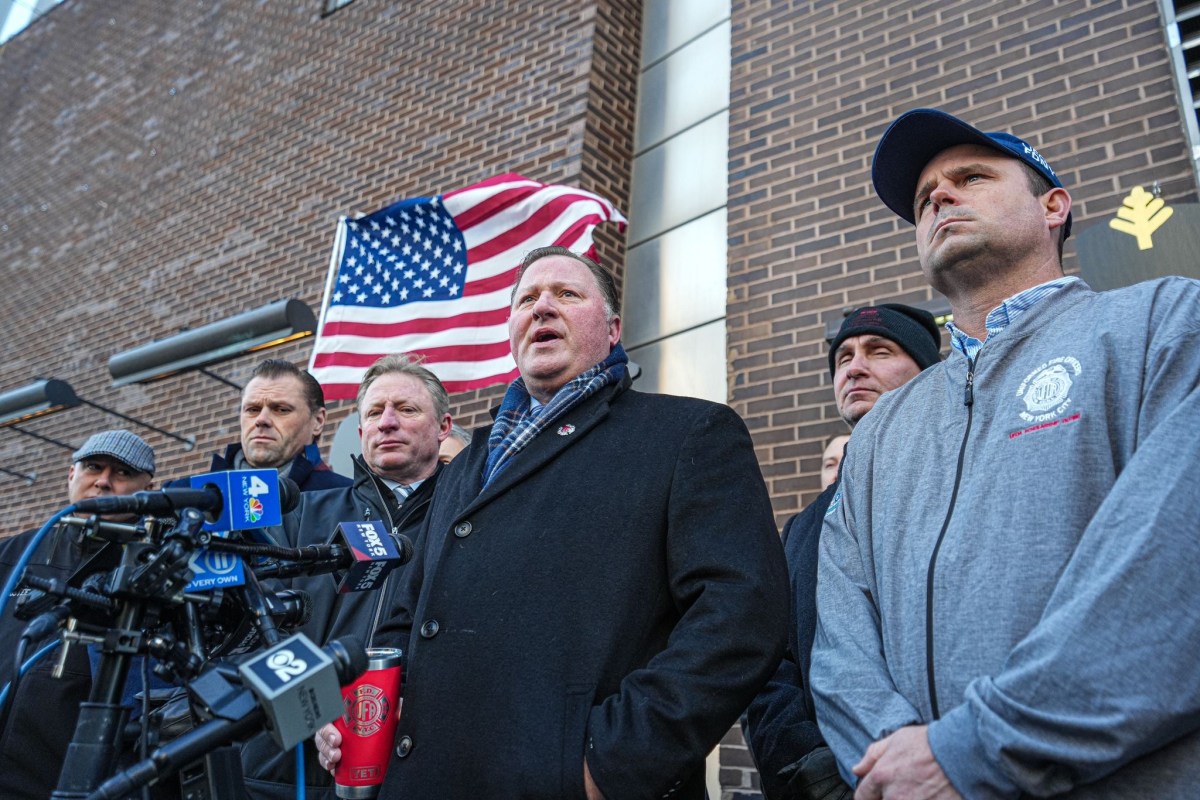Last month, it was reported that the FDNY was poised to launch a drone program that would aid in emergencies. Now the word from the FDNY is that it might take a little longer to get the plan off the ground. “We are still very much in the testing and training and development phase,” a spokesperson for the FDNY told Metro on Thursday. Its primary use will be to examine “structural fires,” he said. “If we’re standing in front of the building, it would be great to see the advancement of the fire, if it has gone beyond what we can observe, and the chief can apply operations and procedures using that information,” the spokesperson said. One of the obstacles for the FDNY, and anyone who wants to operate a drone, is learning the particularly complicated regulations for New York City, and getting licensed.
As of August, Part 107 requires anybody who will use drones for commercial purposes—even the tiny new selfie drone released yesterday—has to get an operational license by taking a test of aeronautical knowledge and by clearing a TSA background check. “The new Part 107 test, you’re not just going to walk in there and pass, you have to know how to read a chart and understand airspace and weather and what distances you can safely fly,” Lt. Matthew Tiedemann, coordinator of the Bergen County Office of Emergency Management, told Metro. In 2014, Tiedemann pitched an idea for a drone-aided rescue program that was enthusiastically accepted. A year later, after rigorous compliance testing and operator licensing, the country’s first official emergency response drones were at the scene of a flood in Little Ferry, a church fire in Englewood and has even aided in manhunts. “My phone’s ringing every day,” Tiedemann told Metro. Officials from other states, and agencies such as the Port Authority of New York call him to ask for advice in developing their own programs. For civilian drone operators in New York, there are only five parks where drones are allowed—none in Manhattan. And considering the population density and dynamic terrain, federal laws become more difficult to navigate: flying below 400 feet, flying within visual line of sight, not flying over people, not flying at stadiums or sporting events, never flying within five miles of airport without special permission, never flying near emergency response efforts, not flying near aircrafts—and not flying under the influence. As of yesterday, the uses of drone technology expanded to indoor, aerial selfies. The Hover Camera Passport, selling for about $550, folds to the size of a book, has safely enclosed propellers and can be controlled by a smartphone app, a joystick or programmed to follow the operator—for a bike ride, for instance. “Selfie drone. Amazing. It’s small, it’s lightweight, can’t hurt a fly. Just a new way to express yourself and be creative,” Roger Kapsalis, who opened Brooklyn Drones this March told Metro. Kapsalis sells drone equipment and provides drone training on premises and in private lessons. Since the new selfie drone is only at 242 grams (around a half a pound), it flies just under the FAA requirement to register any aerial vehicle (get a license plate) of 250 grams or more.
Yet it’s very important, Kapsalis said, that users are aware of all of the FAA guidelines that also apply to the mini selfie-drone that might be used for commercial purposes.
Thankfully, he had never heard of any drone-related injury. “Not one single person has been injured by a drone,” he said.
FDNY drone program struggles for takeoff as FAA adjusts regulations
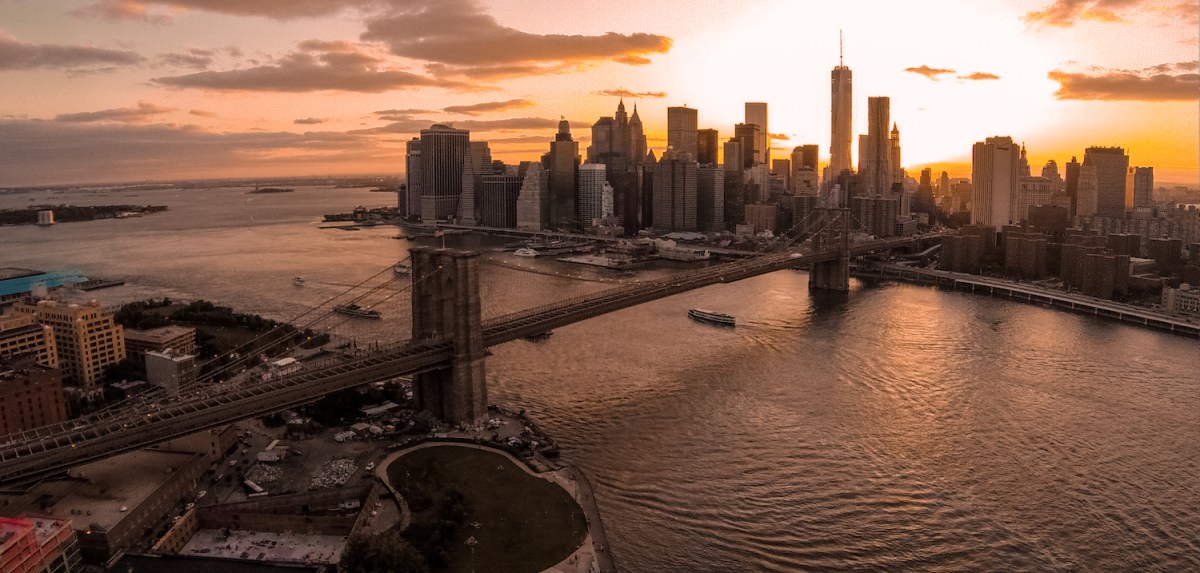
Victor Chu/Sky Tech One


